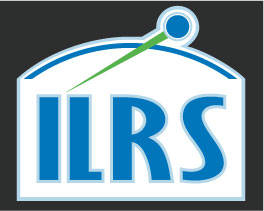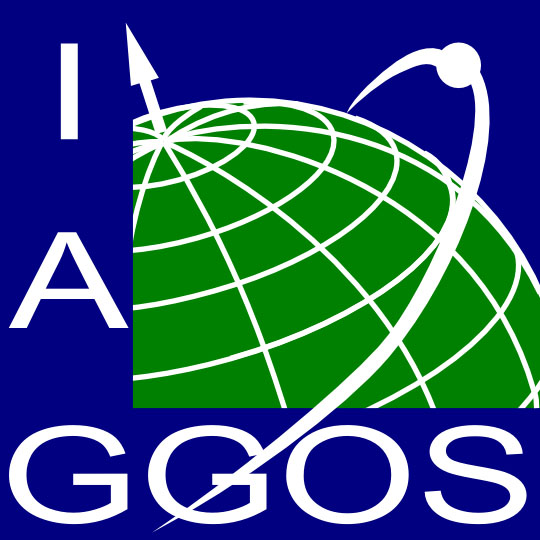Welcome
Highlights
The Next Generational Lunar Retroreflector (NGLR-1) was successfully delivered to the surface of the Moon on the Blue Ghost Lunar Lander in Mare Crisium, a large lunar basin at 17.0°N, 59.1°E in the northeast quadrant of the lunar nearside on March 2, 2025 at 08:34 UTC. NGLR-1 was procured by the University of Maryland (College, Park, Maryland, USA), with D. Currie (UMD) as Principal Investigator. A pre-flight NGLR prototype was contributed by the INFN (Istituto Nazionale di Fisica Nucleare) - Frascati National Labs, Italy, long-time partner of this UMD development [Currie et al., 2024]. The Blue Ghost Lander was delivered to the lunar surface under the auspices of the NASA CLPS (Commercial Lunar Payload Services) initiative.
The NGLR-1 reflects very short laser pulses from these Earth-based Lunar Laser Ranging (LLR) Observatories. The laser pulse transit time to the Moon and back will be used to accurately determine the distance between the terrestrial station and NGLR on the surface of the Moon. NGLR will improve upon the Apollo and Luna LLR results by providing sub-millimeter range measurements due to its unique location and smaller target signature.
Three LLR stations of the ILRS have confirmed that they have successfully ranged to NGLR-1: Grasse, France (at both the green and infrared wavelengths); Wettzell, Germany (at the infrared wavelength); and the Apache Point Observatory in New Mexico, U.S.A (at the green wavelength). [See Battat et al. (2023); Eckl et al. (2023); Chabé et al. (2020) for descriptions of the Apache Point, Wettzell and Grasse LLR systems and their data].
The initial position of NGLR-1 resulted in timing offsets during ranging on the order of 600 ns. After refined lander positions were provided by the Blue Ghost Lander/Firefly team, and by the Lunar Reconnaissance Orbiter Camera (LROC) on NASA’s Lunar Reconnaissance Orbiter (LRO), the timing offsets were reduced to about 60 ns. The ILRS Paris Observatory Lunar Analysis Center (POLAC) provided the NGLR-1 pointing predictions that were used by the LLR observatories.
The ILRS stations will continue to range to NGLR-1 along with the other retroreflectors on the lunar surface, enriching the more-than-50 year data set of LLR observations [c.f. see Müller et al., 2019]. Initially the goal will be to characterize the performance of NGLR-1 compared to the experience with the Apollo and Luna retroreflectors. NGLR-1 will also become a ranging target for NASA’s Lunar Orbiter Laser Altimeter (LOLA), as LOLA continues to observe different lunar laser reflectors on the surface from lunar orbit.
Congratulations to the NGLR-1 team, and Congratulations to the ILRS LLR Observatories for providing the first observations of NGLR-1!
 Lunar Laser Ranging Stations of the International Laser Ranging Service (ILRS) range to NGLR-1 Release Date: 04/11/2025
Lunar Laser Ranging Stations of the International Laser Ranging Service (ILRS) range to NGLR-1 Release Date: 04/11/2025








